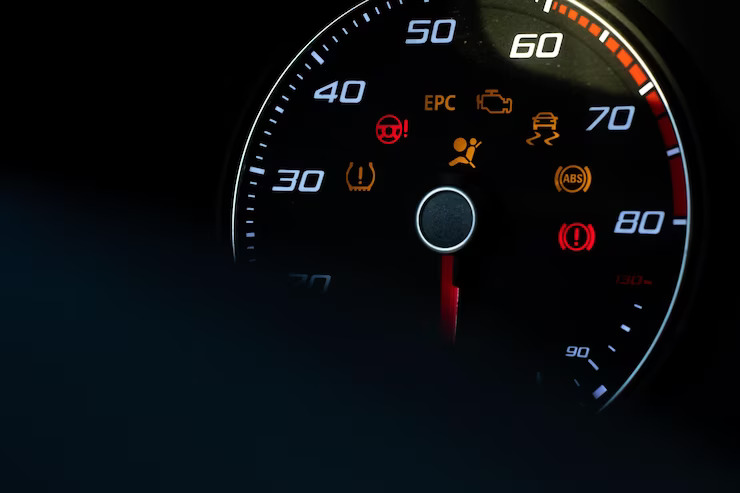Maintaining proper tire pressure is essential for vehicle safety, optimal performance, and fuel efficiency. Modern vehicles are equipped with advanced tire pressure monitoring systems (TPMS) that monitor tire pressure and alert drivers of any deviations from the recommended levels. When tire pressure calibration warning lights illuminate on the dashboard, it indicates that there may be an issue with the tire pressure monitoring system or the tire pressure itself. In this article, we will discuss the importance of tire pressure calibration warning lights and provide troubleshooting tips to address common problems.
Importance of Tire Pressure Calibration Warning Lights:
- Safety: Proper tire pressure ensures optimal handling, braking, and stability of the vehicle. Underinflated or overinflated tires can compromise vehicle safety, increasing the risk of accidents, tire blowouts, or loss of control. The tire pressure calibration warning light serves as an early warning system, alerting drivers to potential tire pressure issues and promoting safer driving.
- Fuel Efficiency: Correct tire pressure minimizes rolling resistance, which affects fuel efficiency. Underinflated tires can increase fuel consumption, resulting in reduced mileage and increased carbon emissions. The tire pressure calibration warning light helps drivers maintain proper tire pressure, maximizing fuel efficiency and reducing environmental impact.
- Tire Longevity: Improper tire pressure can lead to uneven tire wear, reducing tire lifespan. Over time, this can result in the need for premature tire replacements. By monitoring tire pressure and addressing any deviations, drivers can extend the life of their tires and save on replacement costs.
Troubleshooting Tips for Tire Pressure Calibration Warning Lights:
- Check Tire Pressure: Start by manually checking the tire pressure using a reliable tire pressure gauge. Refer to the vehicle owner’s manual or the placard located on the driver’s side door jamb for the recommended tire pressure levels. If any tire is significantly underinflated or overinflated, adjust the pressure accordingly.
- Inspect Tires for Damage: Visually inspect the tires for any signs of punctures, cuts, or bulges. These can indicate tire damage or leaks that may be causing the tire pressure calibration warning light to illuminate. If damage is detected, have the tire inspected by a professional and, if necessary, repaired or replaced.
- Reset the TPMS: Sometimes, the tire pressure calibration warning light may continue to illuminate even after correcting the tire pressure. In such cases, the TPMS may need to be reset. Consult the vehicle’s owner’s manual for instructions on how to reset the TPMS. This process typically involves driving the vehicle at a specified speed for a certain distance.
- Inspect TPMS Sensors: TPMS sensors are mounted on each tire and transmit tire pressure data to the vehicle’s onboard computer. These sensors can become damaged or faulty, resulting in inaccurate readings and triggering the tire pressure calibration warning light. If other troubleshooting steps do not resolve the issue, professional inspection and potential sensor replacement may be necessary.
- Cold Weather Considerations: Tire pressure can decrease in colder temperatures. If the tire pressure calibration warning light illuminates during colder weather, check the tire pressure when the tires are cold and adjust as needed. Remember to account for temperature fluctuations when monitoring tire pressure.
It’s important to note that if the tire pressure calibration warning light persists despite troubleshooting efforts or if you are unsure about the cause of the issue, it is recommended to seek professional assistance. Qualified technicians have the expertise and specialized equipment to diagnose and resolve tire pressure monitoring system and tire-related issues effectively.
Tire pressure calibration warning lights play a crucial role in promoting safe driving, fuel efficiency, and tire longevity. Regularly monitoring tire pressure, addressing deviations, and following troubleshooting tips can help ensure accurate tire pressure readings and a properly functioning tire pressure monitoring system. By taking proactive measures, drivers can enjoy a safer and more efficient driving experience.











